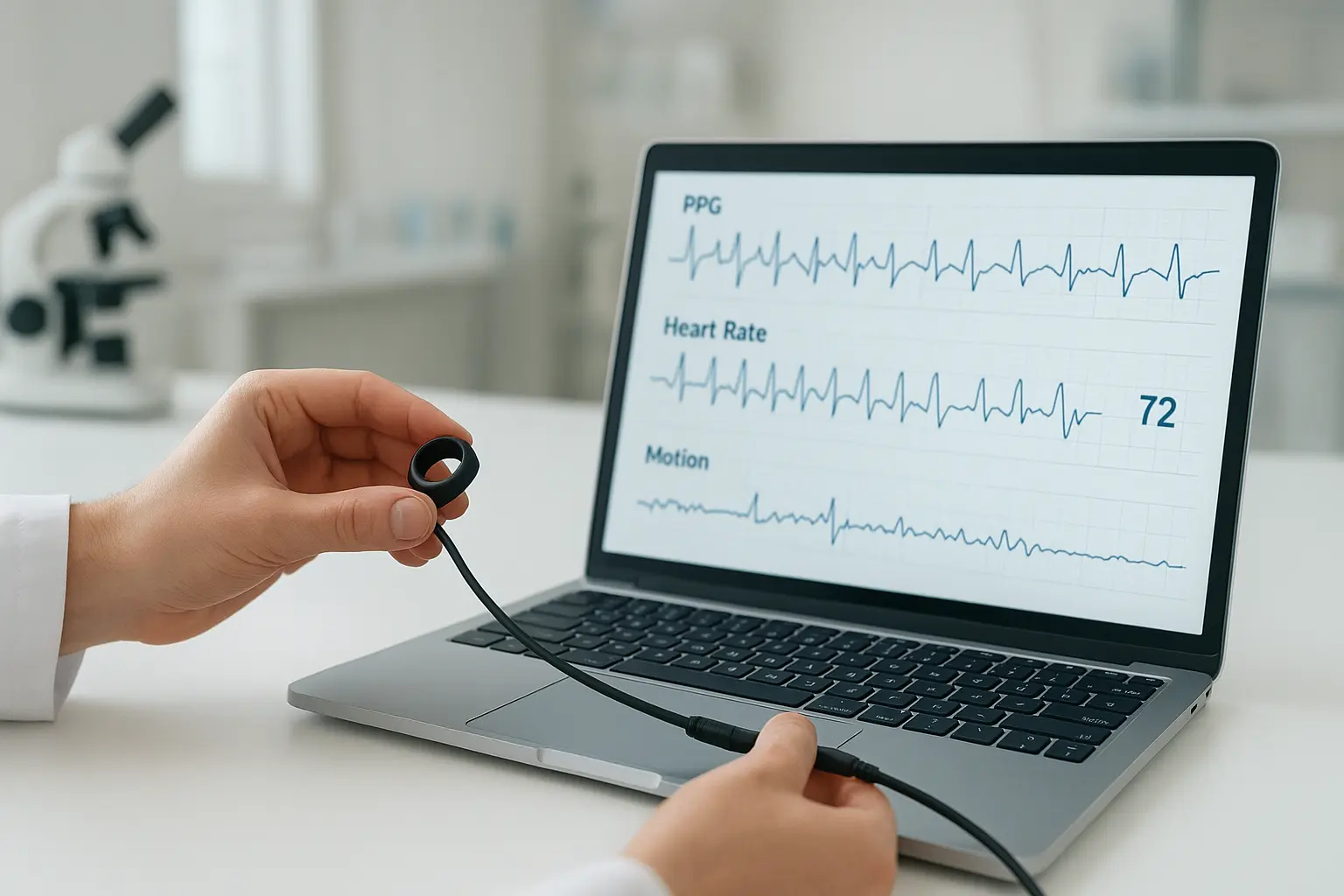

Once the hardware is set up, optimizing firmware and communication strategies becomes the key to minimizing power consumption. Firmware decisions around event-driven logic, data transmission efficiency, and OTA updates directly affect how long a device can run on battery power. In this section, we’ll explore how to design firmware that adapts intelligently to environmental factors and minimizes power usage without compromising performance.
Efficient Data Handling and Transmission Strategy

Efficient data handling involves minimizing the frequency and volume of data transmitted, as each transmission cycle consumes significant power. Data aggregation and batching allow devices to send larger payloads less often, reducing overall power consumption.
Example: A wildlife tracker collects data every 5 minutes but transmits it immediately using LTE-M. The battery lasts only 6 months instead of the expected 5 years.
What is the struggle/problem: Frequent transmissions drain power quickly, especially when the data being sent is small and not urgent.
How to solve it: Instead of transmitting every data point, the device aggregates the data for an hour and sends it as a single, compressed payload. This reduces the number of transmission cycles.
The good result you can have when solved it: Battery life increases to 5 years, and transmission power is reduced by 70%, making the device more efficient while maintaining data accuracy.
Smart OTA (Over-the-Air) Update Handling

OTA updates allow devices to receive firmware updates remotely, but they can be power-hungry and disruptive if not managed properly. Smart handling means pushing minimal updates and scheduling them in a way that minimizes power consumption and avoids mid-update failures.
Example: A health-monitoring wearable requires frequent firmware updates, but the battery life decreases significantly after each update.
What is the struggle/problem:vFull firmware updates are large and consume significant battery power, leading to shorter device lifespans and potential failures during the update process.
How to solve it: Use delta-based updates to send only the differences between the old and new firmware. Schedule updates during low-usage times and use dual-bank update mechanisms to ensure devices can roll back if an update fails.
The good result you can have when solved it: Update size reduces by 80%, battery life improves by 50%, and the risk of failure during updates drops significantly, ensuring devices stay functional longer.
Designing for Environmental Challenges
Environmental factors like temperature and signal strength affect battery life and performance. Devices need to adapt to external conditions, using techniques like thermal management and intelligent transmission scheduling to minimize power drain.
Example: A snow gauge in a cold, remote location operates on a small battery and uses NB-IoT for communication. The device shuts down unexpectedly in sub-zero temperatures.
What is the struggle/problem: Cold temperatures reduce battery efficiency, causing voltage drops that result in premature device failure. Additionally, poor signal conditions increase the time and power needed for communication.
How to solve it: Implement thermal insulation to keep the battery warm and adaptive transmission logic to reduce communication power when the signal is weak or during cold weather. The device only transmits when conditions are favorable.
The good result you can have when solved it: Battery life increases by 3x, and the device operates reliably in cold conditions, even in remote areas with poor signal, ensuring it can continue to collect data throughout the winter.
Event-Based Wake Logic vs. Fixed Interval Polling
Event-driven wake logic allows devices to sleep most of the time and only wake up when significant events occur. This contrasts with fixed interval polling, where the device wakes up at regular intervals regardless of whether new data is available.
Example: A pipeline monitoring system checks pressure every 30 minutes, transmitting data over LTE-M.
What is the struggle/problem: Frequent polling consumes unnecessary power, especially when there are no significant pressure changes, and results in higher operational costs.
How to solve it: Switch to event-based wake logic. The device only wakes up when pressure changes exceed a predefined threshold, minimizing unnecessary transmissions.
The good result you can have when solved it: Power consumption drops by 80%, extending battery life from 1.5 years to 5 years. Data transmission is more efficient, and the system is more responsive to actual events.
How ITR Helps Startups and Businesses Optimize These Strategies
At ITR, we specialize in helping businesses implement these low-power design strategies across the IoT lifecycle. Whether it’s fine-tuning firmware, optimizing OTA updates, or addressing environmental challenges, our team brings deep technical expertise to solve real-world power efficiency issues. We help startups and businesses by:
- Designing adaptive firmware that minimizes wake cycles and maximizes power efficiency
- Implementing smart OTA update protocols that reduce battery drain during updates
- Optimizing environmental adaptation with robust hardware and firmware solutions for extreme conditions
- Ensuring scalability for large deployments without compromising battery life or system reliability
With ITR’s expertise, you can develop cellular IoT devices that run longer, operate more reliably, and deliver maximum performance with minimal power consumption.
ITR – A trusted tech hub in MedTech and Digital Health





